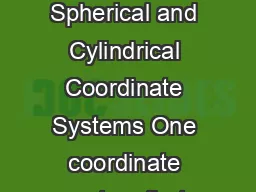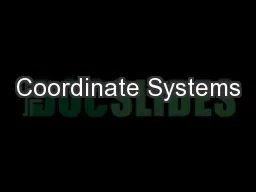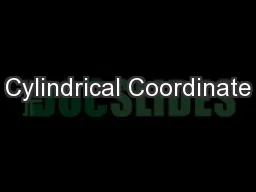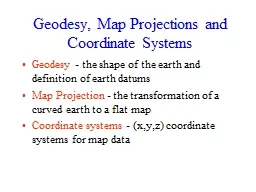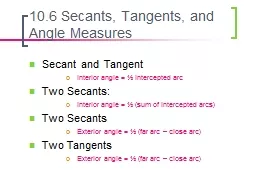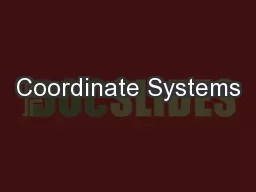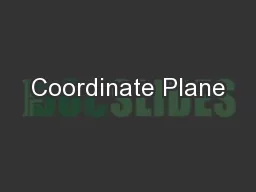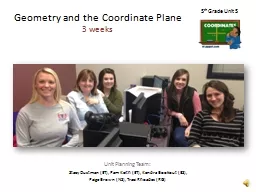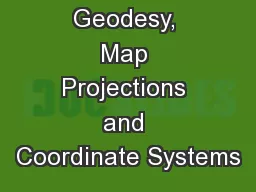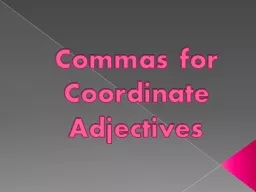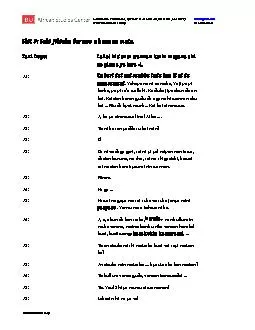PDF-Improved Local Coordinate Coding using Local Tangents Kai Yu kyusv
Author : conchita-marotz | Published Date : 2014-12-13
neclabscom NEC Laboratories America 10081 N Wolfe Road Cupertino CA 95129 Tong Zhang tzhangstatrutgersedu Rutgers University 110 Frelinghuysen Road Piscataway NJ
Presentation Embed Code
Download Presentation
Download Presentation The PPT/PDF document "Improved Local Coordinate Coding using L..." is the property of its rightful owner. Permission is granted to download and print the materials on this website for personal, non-commercial use only, and to display it on your personal computer provided you do not modify the materials and that you retain all copyright notices contained in the materials. By downloading content from our website, you accept the terms of this agreement.
Improved Local Coordinate Coding using Local Tangents Kai Yu kyusv: Transcript
Download Rules Of Document
"Improved Local Coordinate Coding using Local Tangents Kai Yu kyusv"The content belongs to its owner. You may download and print it for personal use, without modification, and keep all copyright notices. By downloading, you agree to these terms.
Related Documents


